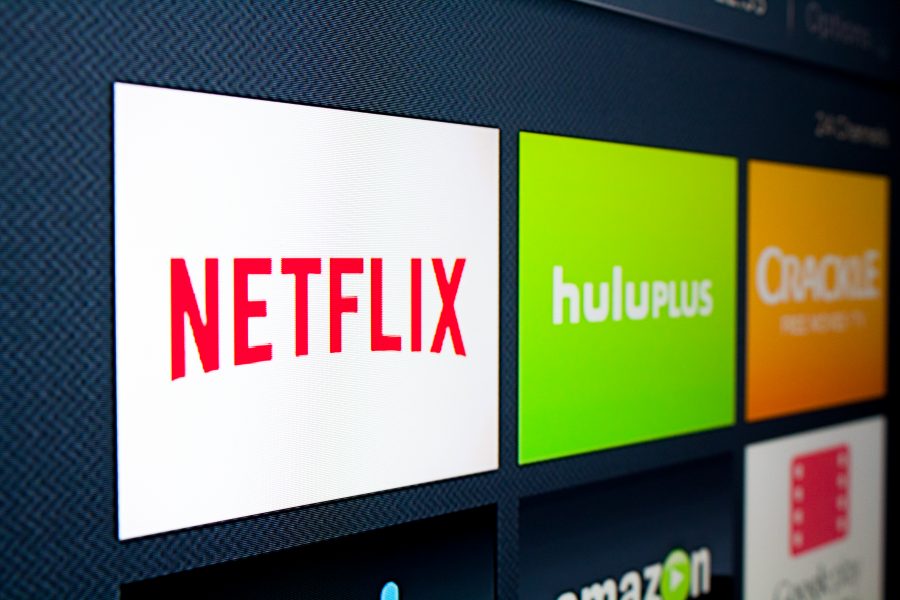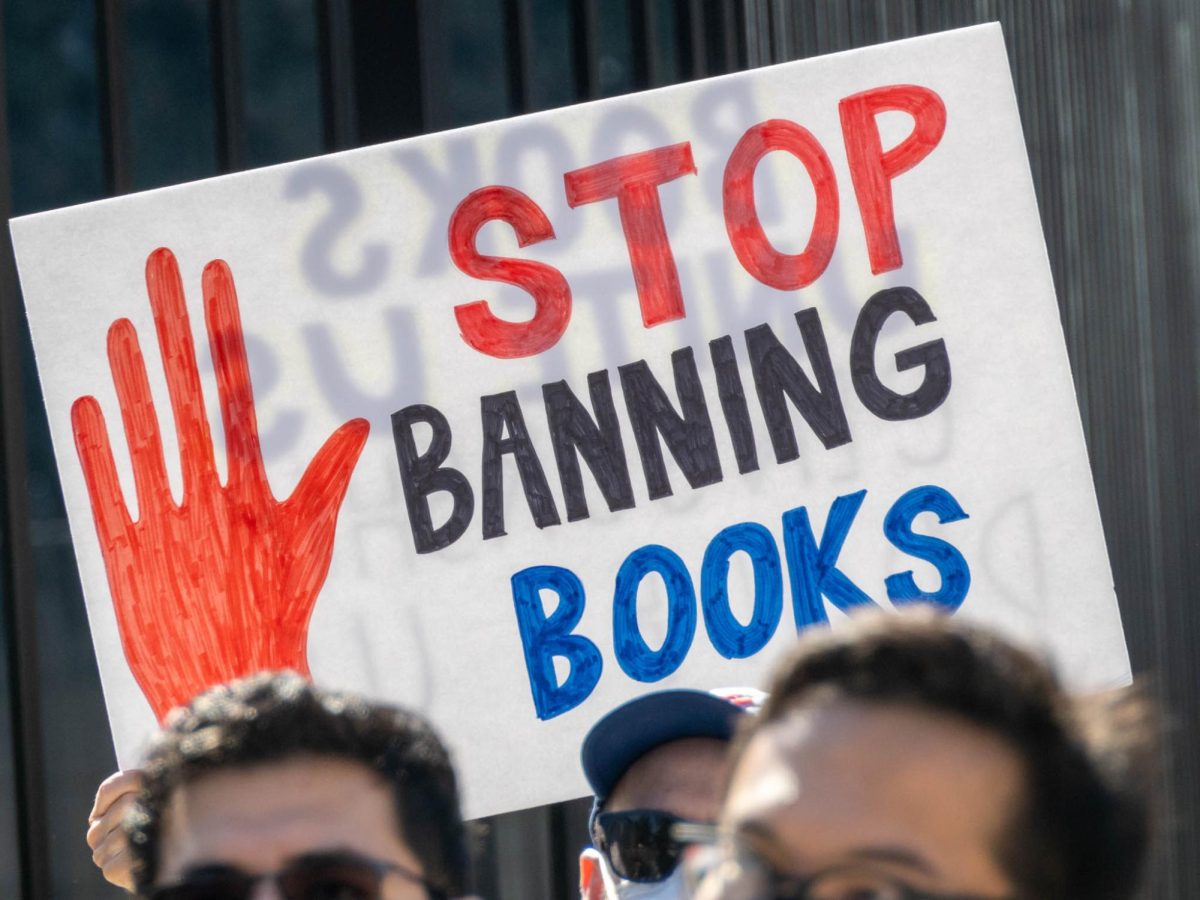By JAKE ROME
Staff Writer
The amount of content in the digital age is nearly limitless. Through the internet, one can find a television series, documentary, or movie covering almost any topic imaginable. The consumer is left with more choices than ever before over what service(s) he or she would want to subscribe to, but is this necessarily a good thing? More and more corporations are deciding to release their own streaming services, which furthers the division of content available for the masses. Because of this, “popular media” will take on a new definition, as the pools of interest will be scattered across a multitude of streaming services. This may be the end, or at least a disruption, of a popular culture that our generations can associate themselves with, as there is too much variation in media to consider any one service or genre representative of its respective time period.
The digital age has acted as a medium in which media companies can create and release content at rates unlike any decade prior. Because said media is immediately accessible, the consumer is able to take in content at exponentially greater rates than generations’ past. This acts as another major reason for the decline in general popular media, as the consumer is receiving media just as quickly as companies are releasing it. Decades of the 20th century are easily recognizable by its popular culture. Only so much popular influence could occur, as new media was released at a much less consistent rate than of today. Along with this, it was much more difficult to push the set agenda of media in most decades of the 20th century with new and/or unconventional ideas. Major media companies had great control over what was released, leaving little room for a creator to have creative liberty. Today, there are countless media outlets that sponsor creators making any form of content imaginable: from political podcasts, to interactive movies, to people eating massive quantities of food and calling it ASMR (Autonomous Sensory Meridian Response). Whether you consider the changing culture in media a good or bad thing, there is no denying that unprecedented changes are occuring, and it will inevitably cause more division as a culture in our nation.
The side most can probably agree upon, however, is that an increasing amount of streaming services are becoming unreasonably pricey. Consumers already have to make the decision between major streaming services Netflix, Hulu, and Amazon Prime Video. If there is no choice involved, and the consumer decides he/she wants access to the titles available on each service, that would cost roughly $34 a month alone, or $408 a year. Though the number does not seem incredibly daunting, it can be a substantial add-on to other subscription services like cable, music streaming, journalistic publications, and even online video games. With so many streaming services, it may become very appealing to leave traditional services behind, and purely pay for digital services.
One industry that is not discluded from the rapid changes of digital media is traditional news. Change from traditional broadcasts could be problematic for many news sources, as many are their own entities that operate primarily on traditional platforms. The transition to the digital age could prove very dangerous to the press, which in turn could prove very dangerous to our democracy. News stations operate primarily on cable, which gives the viewer access to multiple sources. No station has the same opinions and covers the exact topics of another, so it is important that the consumer has access to multiple sources to stay informed on current events. The danger that comes with streaming services taking precedence over traditional media is that there is no place for news networks to make their programs available. Most networks stream their programs independently through their own websites (requiring cable provider information first for access). If traditional news groups decide to remain independent, this could severely limit the amount of information available to the public, unless the public is able to pay for even more for access to each individual source.
In conclusion, the digital age makes for a very unpredictable, rapidly changing, and costly effect on our popular culture. It leaves a potentially dangerous path for the press and news outlets, and may lead to further cultural divide amongst Americans, and maybe even the world.
The End of Popular Media
May 6, 2019
0
Donate to Sword & Shield
$180
$1000
Contributed
Our Goal
Your donation will support the student journalists of University High School. Your contribution will allow us to purchase equipment and cover our annual website hosting costs.
More to Discover














